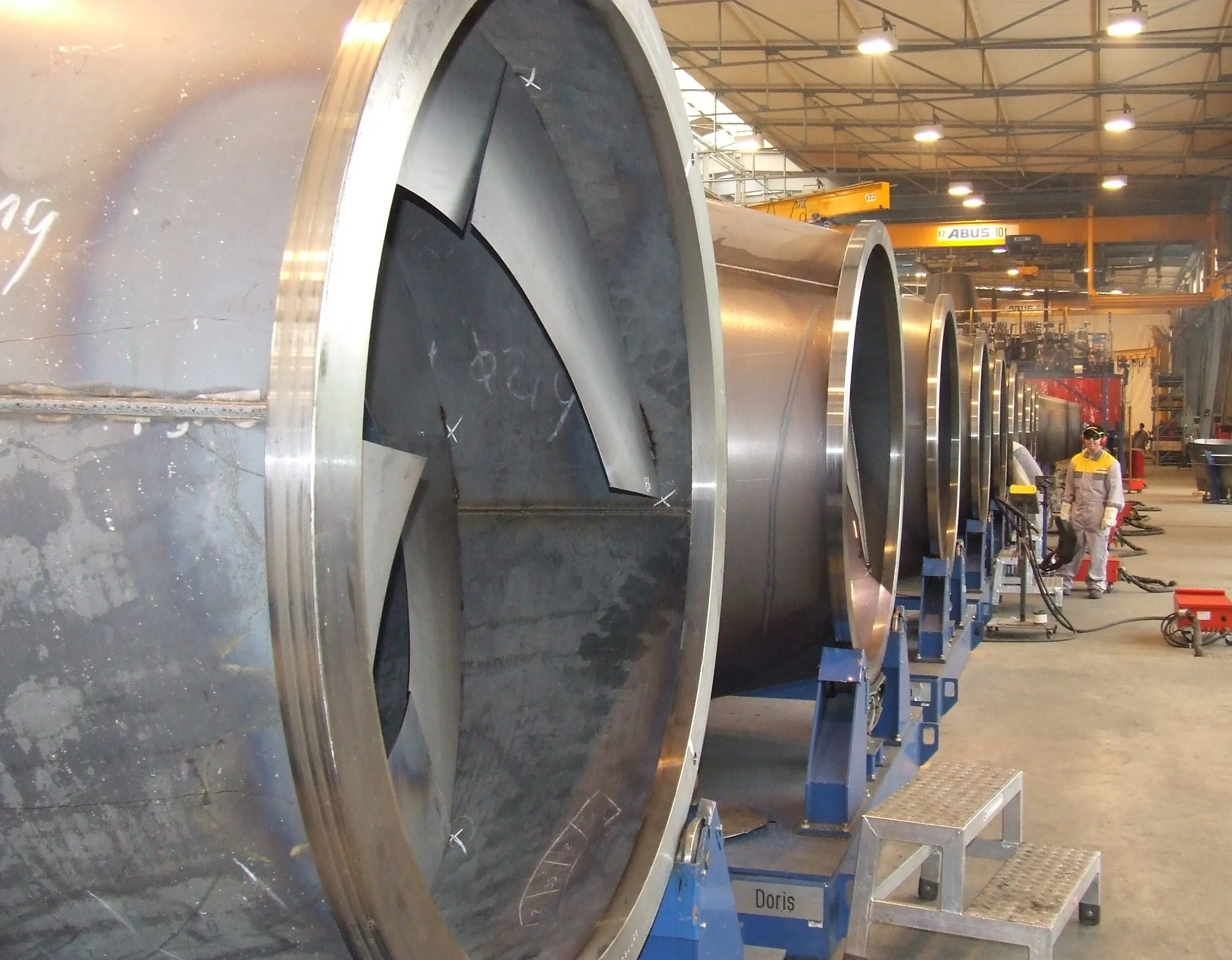Volvo Construction Equipment (CE) sales fell 7% to US$1.929 billion (SEK 12,278 million) in Q3 2013, compared to $2.085 billion (SEK 13,272 million) the same period of last year.
The global construction equipment manufacturing giant said the sales dip in July-September 2013 reflects the general downward trend in market conditions. This included lower activities in the global mining industry, which particularly hit sales of large and more expensive products.
October 25, 2013
Read time: 2 mins
Volvo Construction Equipment (359 Volvo CE) sales fell 7% to US$1.929 billion (SEK 12,278 million) in Q3 2013, compared to $2.085 billion (SEK 13,272 million) the same period of last year.
The global construction equipment manufacturing giant said the sales dip in July-September 2013 reflects the general downward trend in market conditions. This included lower activities in the global mining industry, which particularly hit sales of large and more expensive products.
However, efficiency enhancements in the global industrial system, cost control measures and an inventory level that is in balance with demand helped Volvo CE record a positive operating margin of 4% – only slightly below the 4.5% achieved in the same period in 2012.
The slowdown of global demand in the third quarter of 2013 also weighed on profitability, with operating income at $77.94 million (SEK 496 million) down from the $94.6 million (SEK 602 million) reported in the same period of last year.
“While there is still no clear sign of a global market recovery in the construction equipment sector, we did see an uptick in China, driven by sales of smaller equipment, and a slight increase in the European market,” said Pat Olney, president of Volvo CE. “Our base scenario for 2014 is that the markets will remain at largely the same level as we have seen in 2013.”
For the full year 2013, Volvo CE believes ITS European sales are likely to be down by 5-15%, while North America, South America, Asia (excluding China) and China itself are all expected to be in the range of - 5% to + 5%. For 2014 these markets are expected to be in the range of - 5% to + 10%, with the exception of China, which is forecast to range from flat to + 10%.
The global construction equipment manufacturing giant said the sales dip in July-September 2013 reflects the general downward trend in market conditions. This included lower activities in the global mining industry, which particularly hit sales of large and more expensive products.
However, efficiency enhancements in the global industrial system, cost control measures and an inventory level that is in balance with demand helped Volvo CE record a positive operating margin of 4% – only slightly below the 4.5% achieved in the same period in 2012.
The slowdown of global demand in the third quarter of 2013 also weighed on profitability, with operating income at $77.94 million (SEK 496 million) down from the $94.6 million (SEK 602 million) reported in the same period of last year.
“While there is still no clear sign of a global market recovery in the construction equipment sector, we did see an uptick in China, driven by sales of smaller equipment, and a slight increase in the European market,” said Pat Olney, president of Volvo CE. “Our base scenario for 2014 is that the markets will remain at largely the same level as we have seen in 2013.”
For the full year 2013, Volvo CE believes ITS European sales are likely to be down by 5-15%, while North America, South America, Asia (excluding China) and China itself are all expected to be in the range of - 5% to + 5%. For 2014 these markets are expected to be in the range of - 5% to + 10%, with the exception of China, which is forecast to range from flat to + 10%.






